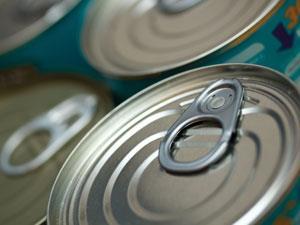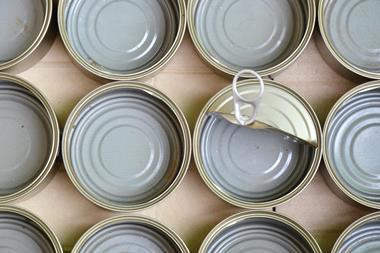Scientists at Joint Research Centre have developed better methods for measuring bisphenol A in food
Scientists at the European commission’s Joint Research Centre (JRC) have developed highly sensitive analytical tests to measure the levels of bisphenol A (BPA) and 12 closely related chemicals in samples of food and drink, which they say will allow better monitoring of the chemical.
The techniques use liquid chromatography coupled with mass spectrometry to isolate and identify BPA at very low concentrations – less than a microgram per kilogram.
BPA, which is used to make plastic packaging and linings for food tins, has been banned for use in certain products by regulators worldwide over fears it could act as an endocrine disruptor, although there is a lack of concrete evidence to suggest it causes harm at low exposure levels. Where its use has been banned, manufacturers have started to use alternatives that are structurally similar to BPA.
The JRC researchers hope their tests will enable better monitoring of people’s exposure to BPA and the alternatives that are now being phased in. Establishing whether these substances cause harm requires accurate estimates of how much ends up being consumed, so there is a need for better methods to detect their presence in food and drink.












No comments yet